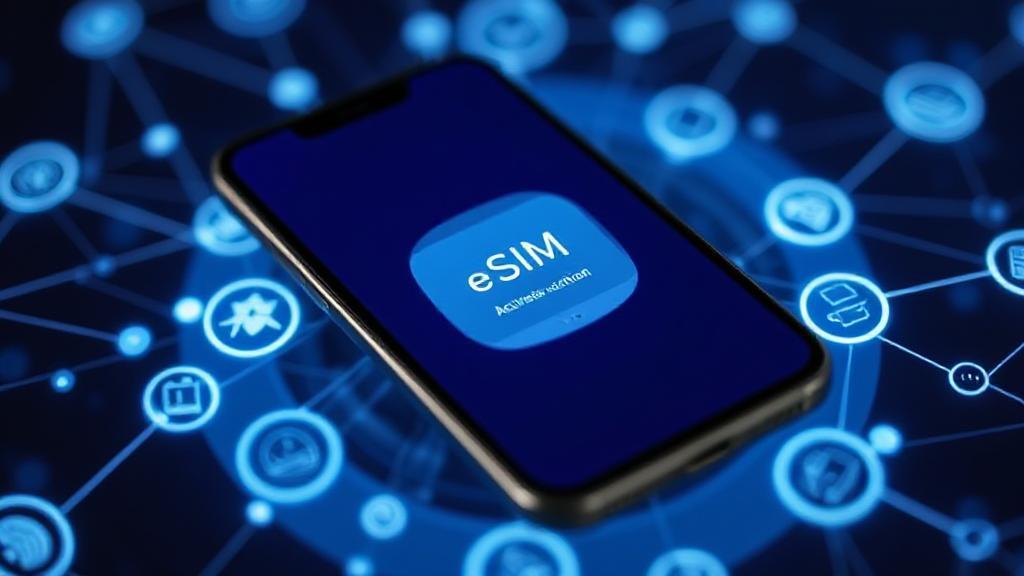Understanding eSIM Technology
The evolution of mobile technology has brought about significant changes in how we connect to cellular networks. One of the most notable advancements is the introduction of the eSIM (embedded SIM). Unlike traditional SIM cards, which are physical cards inserted into a device, eSIMs are embedded directly into the device's hardware.
Key Benefits
Flexibility and Convenience
One of the primary advantages of eSIM technology is the flexibility it offers. Users can switch between different network providers without needing to physically change a SIM card. This digital approach means you can change providers or plans through simple software updates, often completed in minutes through your device settings.
Multi-Profile Support
eSIMs support multiple profiles, allowing users to have different numbers or plans on the same device. Business users can keep separate work and personal numbers on one device, while travelers can easily add local carriers when abroad without removing their primary SIM.
Space-Saving Design
By eliminating the need for a physical SIM card slot, manufacturers can design more compact and streamlined devices. This can lead to more space for other components, potentially improving battery life or allowing for additional features.
Enhanced Security
eSIMs can offer enhanced security features. Since they are embedded into the device, they are less prone to physical tampering or theft. Additionally, eSIMs can be remotely managed, allowing for quick deactivation if a device is lost or stolen.
Environmental Impact
By eliminating physical SIM cards, eSIM technology contributes to reducing electronic waste. According to the GSMA, the transition to eSIM could save thousands of tons of plastic annually.
Important Considerations
Device Compatibility
Before switching to eSIM, verify your device's compatibility. While newer smartphones typically support eSIM, many older models don't. Major manufacturers supporting eSIM include:
- Apple's iPhone 14 series (eSIM-only in the US)
- Google's Pixel devices
- Samsung's flagship models
- Various smartwatch manufacturers
Carrier Support
Not all carriers support eSIM technology yet. Major providers include:
- AT&T
- T-Mobile
- Verizon
- Vodafone
- Deutsche Telekom
Activation Process
The eSIM activation process varies by carrier and device. Common methods include:
- Scanning a QR code
- Using a carrier's mobile app
- Manual configuration
- Activation through device settings
Limited Transferability
Unlike physical SIM cards, which can be easily transferred between devices, eSIMs are tied to the device they are installed in. This can be a limitation if you frequently switch devices or need to use multiple devices with the same number.
Best Practices for eSIM Users
Security Measures
Travel Considerations
When traveling internationally, research eSIM compatibility in your destination country. Many global carriers offer specialized eSIM travel packages that can be activated before departure.
Future Outlook
The eSIM market is expected to grow significantly, with research firm MarketsandMarkets projecting a market value of $978 million by 2023. This growth is driven by:
"Increasing adoption of IoT devices, smartphones, and connected cars, coupled with the rising demand for remote SIM provisioning of devices."
Making the Transition
Before converting to eSIM, consider these steps:
- Verify device compatibility
- Check carrier support and plans
- Back up important contact information
- Understand the activation process
- Keep physical SIM until eSIM is fully functional
For more information on eSIM technology, you can explore resources such as GSMA's eSIM Overview, Apple's Guide to eSIM, and CISA for security considerations.
